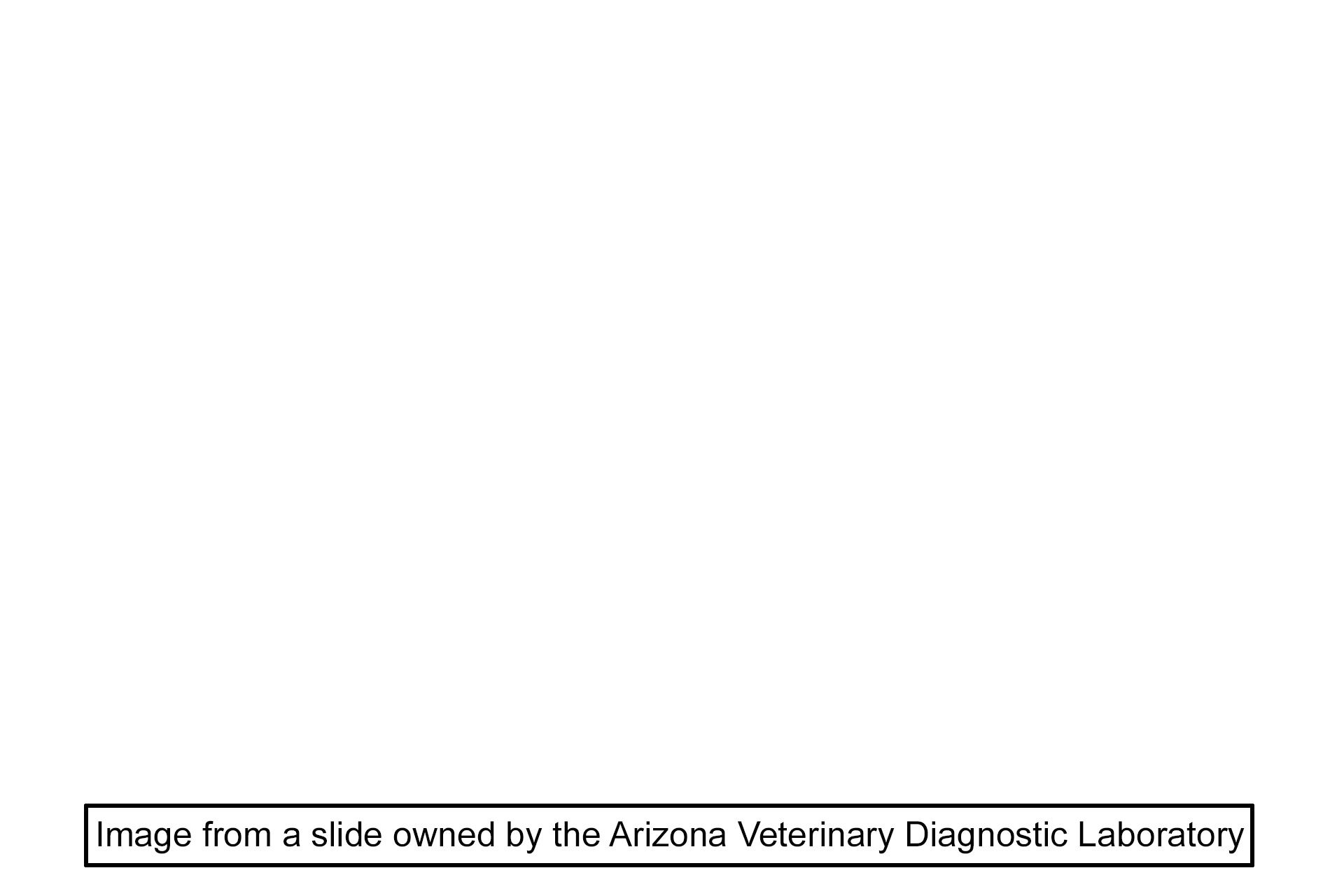
Globe: Lens
This image of the equatorial region of the lens shows the lens epithelium lying just beneath the capsule. These cells proliferate, generating lens fibers. This process allows for growth of the lens and continues at a slow, but decreasing rate throughout adult life. The equatorial region also serves as the site of attachment for the zonule fibers extending from the ciliary body.

Zonule fibers
This image of the equatorial region of the lens shows the lens epithelium lying just beneath the capsule. These cells proliferate, generating lens fibers. This process allows for growth of the lens and continues at a slow, but decreasing rate throughout adult life. The equatorial region also serves as the site of attachment for the zonule fibers extending from the ciliary body.

Lens epithelium >
The lens epithelium is present only on the anterior and equatorial regions of the lens and consists of a single layer of cuboidal cells. Near the equator of the lens, the cells divide to produce new cells that differentiate into lens fibers. The lens capsule is formed by the thickened basal lamina of the lens epithelium.

Lens capsule
The lens epithelium is present only on the anterior and equatorial regions of the lens and consists of a single layer of cuboidal cells. Near the equator of the lens, the cells divide to produce new cells that differentiate into lens fibers. The lens capsule is formed by the thickened basal lamina of the lens epithelium.

Lens fibers >
Once generated, lens fibers elongate and flatten in an axis parallel to the light path. They gradually lose their nuclei and other organelles as they descend into the lens. During this process, their cytoplasm becomes filled with a group of proteins called crystallins that provide transparency and a high refractive index. Mature lens fibers are extremely long, typically 7–10 mm and are densely packed together forming a perfectly transparent tissue.

Image source >
Image taken of a slide owned by the Arizona Veterinary Diagnostic Laboratory.